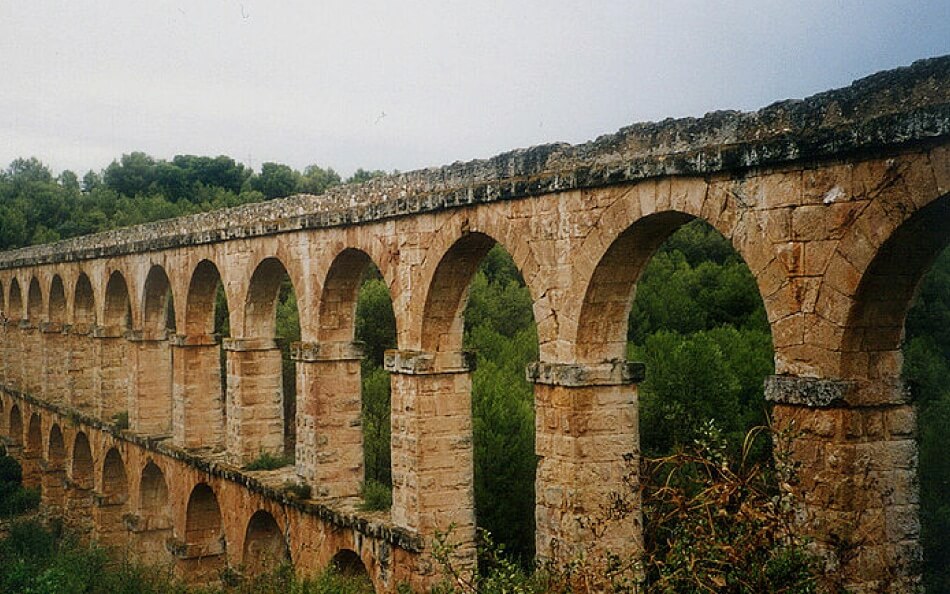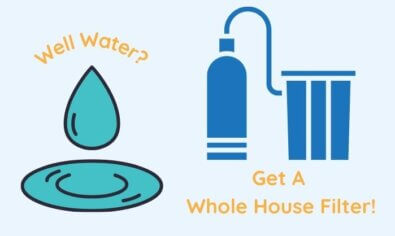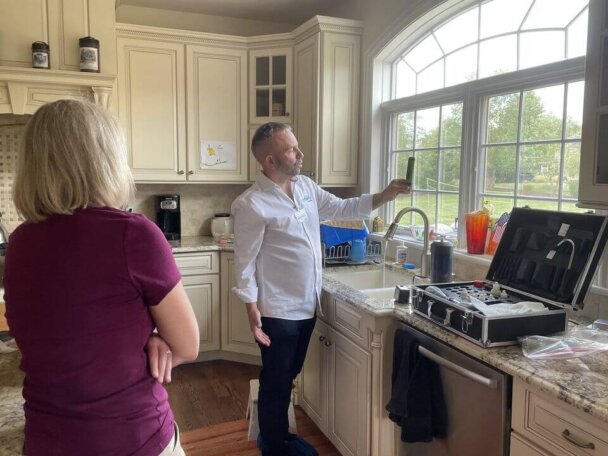What Is the History of Water Treatment?

Learn About the Origins and Key Developments in Water Treatment Practices
Because we still have regions of the world that are unable to secure clean water for their populations, it may seem like water treatment is a relatively new, modern development. It’s hard to imagine people thousands of years ago enjoying water with the level of purity we can achieve today. However, while the methods have changed, water treatment has a history that stretches back thousands of years.
Let’s trace the development of water treatment from its origins, through the development of new practices, and into the modern era.
Water Treatment Starts in Ancient Times
Ancient Greek and Sanskrit writings dating as far back as 2000 BC recommend methods for water treatment. Even then, people knew that water could be purified with heat, and they practiced sand and gravel filtration, boiling, and straining.
Their primary motivation in doing this was to make water taste better, as they couldn’t yet distinguish between water that’s clean and water that’s foul. They knew to try to reduce the turbidity of the water, but didn’t know much about chemical contamination or microorganisms.
The Egyptians first discovered the principle of coagulation around 1500 BC. They used alum to achieve suspended particle settlement, as depicted on the wall of the tomb of Amenophis II and Ramses II.
Hippocrates first started discovering water’s healing properties around 500 BC. He invented water sieving and created the Hippocratic sleeve, the first bag filter. This latter invention was able to remove sediments that gave water a bad taste or smell.
Between 300-200 BC, Rome began building its aqueducts and Archimedes invented his water screw.
Aqueducts
In the 7th century BC the Assyrians built the first structure for transporting water, a 32-foot high and nearly 100-foot long structure that brought water nearly 50 miles across a valley to Nineveh.
Romans later began building many of these structures themselves and called them aqueducts, from the Latin words for “water” and “to lead”. The aqueducts were sophisticated structures that transported water for long distances using only the power of gravity. They supplied the Roman Empire’s large cities and industrial regions.
Rome alone constructed eleven of these aqueducts, building more than 250 miles of them over the span of 500 years. Most of them were built underground to keep them safe from pollution and war. They supplied Rome with over 250 million gallons of water per day, and many still stand in Spain, Turkey, Germany, and France. Many of the techniques used in these aqueducts are still being used to build modern water transport systems today.
Archimedes’ Screw
The Green engineer Archimedes lived between 287 and 212 BC. One of his inventions was a machine for bringing water upwards to higher ground from a low body of water. It took the form of a very large screw inside of a hollow pipe that pumps the water up.
Archimedes’ screw was originally used to remove water from ship bilges and mines, as well as to help irrigate farmlands. His design is still in use for transporting water to higher ground today, such as in the Dutch city of Zoetermeer. More importantly, it serves as the basis for many modern industrial pumps.
Water Treatment Is Reborn after Fading Away
Water treatment in the Middle Ages (500-1500 AD) became less sophisticated, as the Roman aqueducts fell into disrepair with the collapse of the Roman Empire. In these times, relatively little was done to ensure public access to a clean water supply.
Illinois Water Utilities have been reporting some gross contaminants!
Check out the concerning contamination that has been reported by public water utilities in Illinois!

Sir Francis Bacon restarted the advancement of water treatment practices in 1627, when he began experiments in seawater desalination. He tried to use sand filtration to filter salt out of saltwater. His experiment didn’t succeed, but he laid the groundwork for other scientists to get involved in the field.
In the 1670s, two Dutch spectacle makers were experimenting with grinding and polishing lenses for enhanced magnification. This was the first microscope, which allowed Antonie van Leeuwenhoek to first observe aquatic microorganisms.
The first water filters made from charcoal, wool, and sponge were created for home application in the 1700s. Then Robert Thom designed the first municipal water treatment plant in Scotland in 1804. The treatment there utilized slow sand filtration, and they distributed the water with a horse-drawn cart. Water pipes were installed three years later, and the idea was proposed that everyone should have access to safe drinking water. Unfortunately, this still hasn’t become a reality everywhere in the world even to this day.
Then, in 1854, there was another breakthrough: researchers discovered that an epidemic of cholera spread through water, and that the outbreak had been less intense in areas that had sand filters. John Snow discovered it was caused by sewage water contaminating the water pump, and used chlorine to purify it. This helped establish the practice of water disinfection and chlorination.
The water had smelled and tasted fine, so this was when they figured out that that’s not enough to guarantee the safety of the water. As a result, cities began installing municipal water filters, and government regulation of water started to become the norm.
Water Treatment Advances into Modernity
America began building large sand filters in the 1890s. Rapid sand filtration outperformed slow sand filtration, and they used a jet stream to clean the filter and improve its capacity. Researchers also discovered that filtration worked better when you treated the water with coagulation and sedimentation first. At the same time, water chlorination became more widespread and waterborne illnesses like cholera and typhoid became less of an issue.
It wasn’t long though before chlorination started to reveal negative side effects. Chlorine vaporization was linked to respiratory disease, and experts began searching for alternatives. Calcium hypochlorite and ferric chloride were first used in Belgium in 1902, and ozone was first used in France in 1906. People also began using home water filters to prevent the negative effects of chlorine themselves.
Water softening was invented in 1903 for desalinating water. Then, in 1914, standards based on coliform growth were implemented for drinking water in public traffic. However, it wasn’t until the 1940s that these water standards were applied to municipal water supplies. From there it was another thirty years before the Clean Water Act of 1972 and the Safe Drinking Water Act of 1974, which developed the principle of that everyone has the right to safe water.
This was also when the major public health concerns around drinking water shifted from disease-causing bacteria to man-made pollutants such as pesticides, chemicals, and industrial sludge. New regulations addressed water contamination and waste from industrial processes, and water treatment plants adapted to the new threats. They applied new techniques including active carbon adsorption, aeration, and flocculation.
In the 1980s, researchers developed the first membranes for reverse osmosis systems. Soon after, water treatment plants began regularly running risk assessments of the water.
Today, most experimentation in water treatment centers on mitigating the effects of chlorine disinfection, such as trihalomethane formation and the corrosion of lead-based water pipes.
For effective systems that deliver water treatment addressing the issues specific to your area, contact your local water professionals at Angel Water. We’ve been the premier providers of water treatment in Barrington, IL and Chicagoland as a whole for over 40 years. Give us a call today at 847-382-7800 and we’ll do our best to advise you on the best possible path to secure clean, healthy water!
Interested in a Water Softener System for Your Home?
You don’t have to live with a dry, itchy scalp and brittle hair anymore! It would be our pleasure to help you find the right water softener to make your showers enjoyable again.
Please give us a call at (847) 382-7800 or visit our water softener page to learn more.




